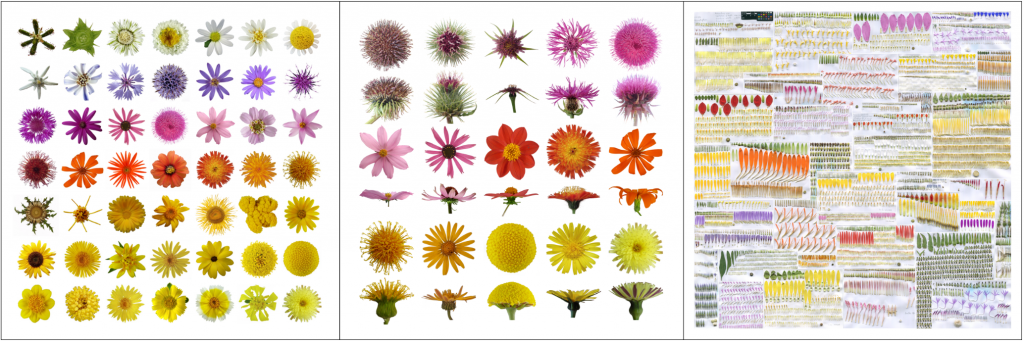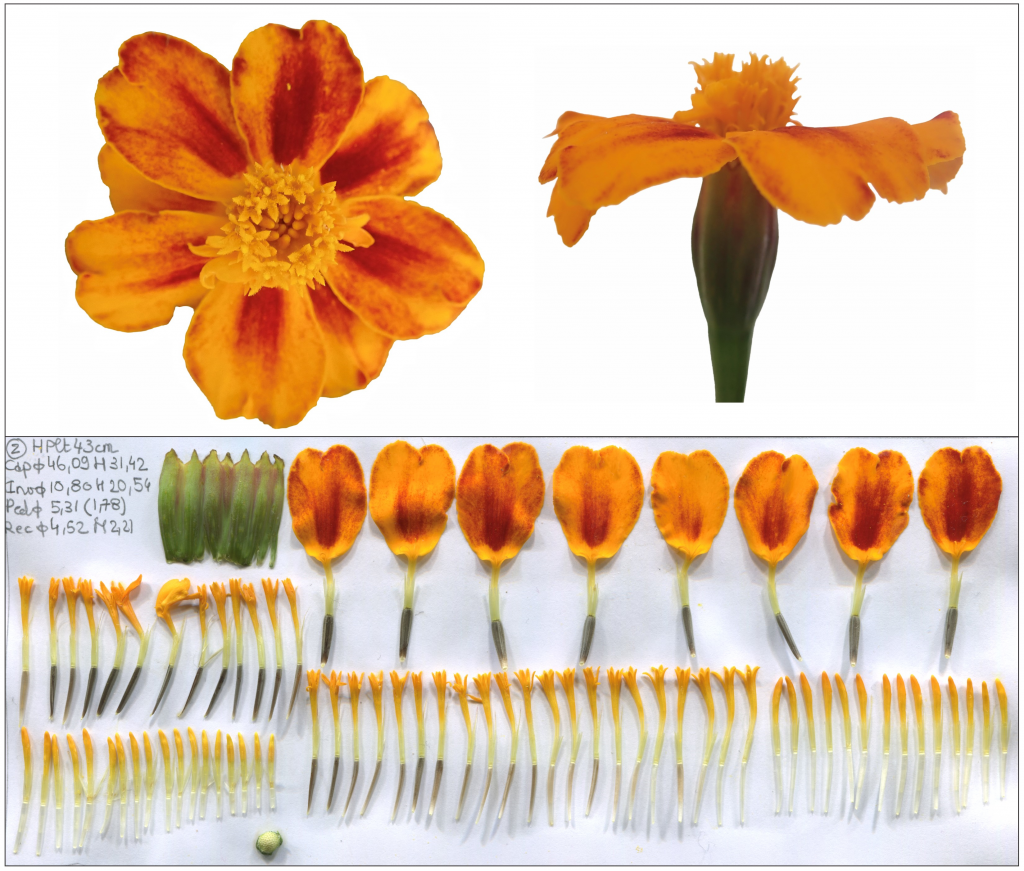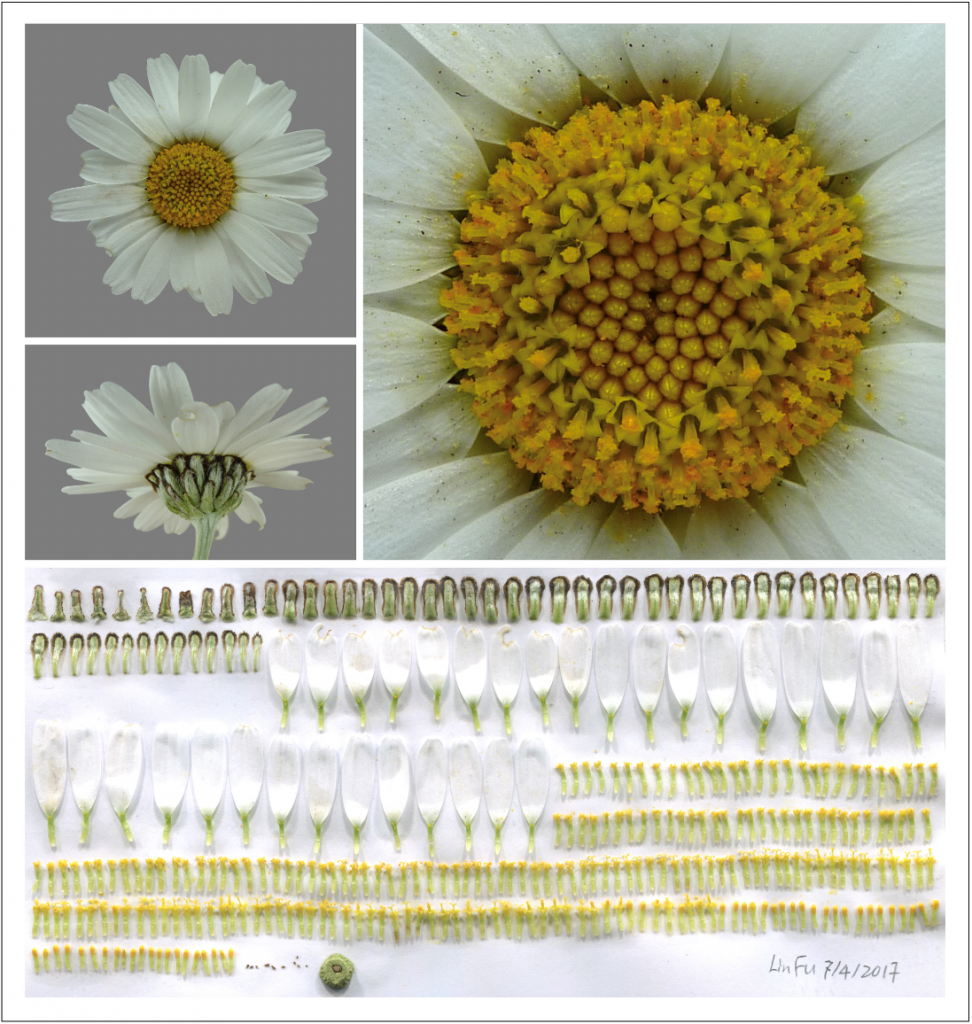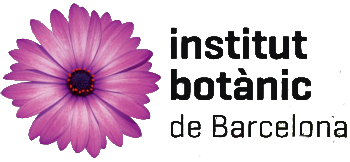«(s)he loves me, (s)he loves me not» A new protocol for plucking daisy leaves
- They describe a new protocol for the study of Asteraceae pseudanthium, based on a complete dissection of fresh samples.
- To date, the morphological diversity of capitula in Asteraceae lineages is not yet fully understood, and this tool aims to unify the methodology used for their study.
- The technique is being used to study the Asteraceae species present in the Pyrenees, including the marigold, popular at this time of year.

Marigold or flor de muertos
Tagetes erecta, or cempasúchil, is a very colourful plant commonly referred to as the “flower of the dead”. Native to Mexico, it is used in Day of the Dead festivities to decorate altars and tombs. Its name comes from a Nahuatl nickname meaning “twenty flowers”, which shows that the native Americans saw that the marigold, like the daisy or the sunflower (all belonging to the botanical family Asteraceae), is not really a flower despite appearing to be one. This species, exotic in our country, is widely cultivated as an ornamental in public and private gardens, but due to its rapid expansion, naturalised populations can be found near urban centres.
Tagetes erecta is one of the more than 600 species of natural or introduced Asteraceae present in the Pyrenees, which are currently a focus of IBB research. The group led by Oriane Hidalgo, CSIC researcher, aims to closely follow the reproductive biology of these species along altitudinal gradients. To this end, a recently published dissection protocol promises to be one of the most useful tools.

Dissections as a study tool
Daisies, and the other plants of the Asteraceae family, are not what they seem: they are not a flower, but a group of flowers arranged in a very condensed way to imitate a single flower. What we call a flower is actually a structure called capitulum or pseudanthium. If you look closely at a daisy, you can distinguish three parts. At the bottom there are the outermost green parts, called bracts, which together form the involucre that protects the flower head. The so-called petals are actually the first row of white flowers, whose elongated petals are fused into a tongue-shaped structure (ligulate or ray flowers), and are specialised in attracting pollinators. Finally, in the centre of the flower head are small yellow tube-shaped flowers (tubular or disc flowers), which concentrate nectar and pollen and take over most of the reproductive function of the flower head. In total, the daisy actually consists of 269 flowers (32 white ray flowers and 237 yellow disc flowers).

The study of the reproductive organs of flowering plants
The capitulum is the most outstanding characteristic of the Asteraceae, present in all their species, showing an impressive diversity in the number, shape, colour and size of the elements that make up each of its parts. The reproductive organs of flowering plants (ang














